The Lion’s Paradox: Rulers of the Savanna Face Dwindling Kingdoms

The mighty lion, crowned king of the African savanna, faces a harsh reality that seems impossible to believe. Despite their powerful roar echoing across the plains and their impressive hunting prowess, lion populations have plummeted by 75% over the past century. These apex predators, who once ruled vast territories across Africa and Asia, now cling to fragmented habitats that grow smaller each year.
Human encroachment has turned their ancestral hunting grounds into farmland and settlements. The very animals that inspired countless legends and served as symbols of strength now struggle to find enough prey to feed their prides. Climate change has further disrupted their ecosystem, creating longer droughts that scatter their prey and make hunting even more challenging.
Tigers: When Stripes Can’t Hide From Extinction

Tigers embody raw power and stealth, yet these magnificent striped hunters have lost 95% of their historical range. Once prowling through forests from Turkey to Indonesia, fewer than 4,000 tigers remain in the wild today. Their distinctive orange coat with black stripes, perfectly designed for camouflage in dappled forest light, cannot hide them from humanity’s relentless expansion.
Poaching remains their greatest threat, with tiger parts commanding astronomical prices in illegal markets. A single tiger bone can sell for thousands of dollars, making these apex predators worth more dead than alive. Even in protected reserves, tigers face constant pressure from human activities that fragment their territories and reduce their prey base.
Leopards: The Adaptable Survivors Still Losing Ground
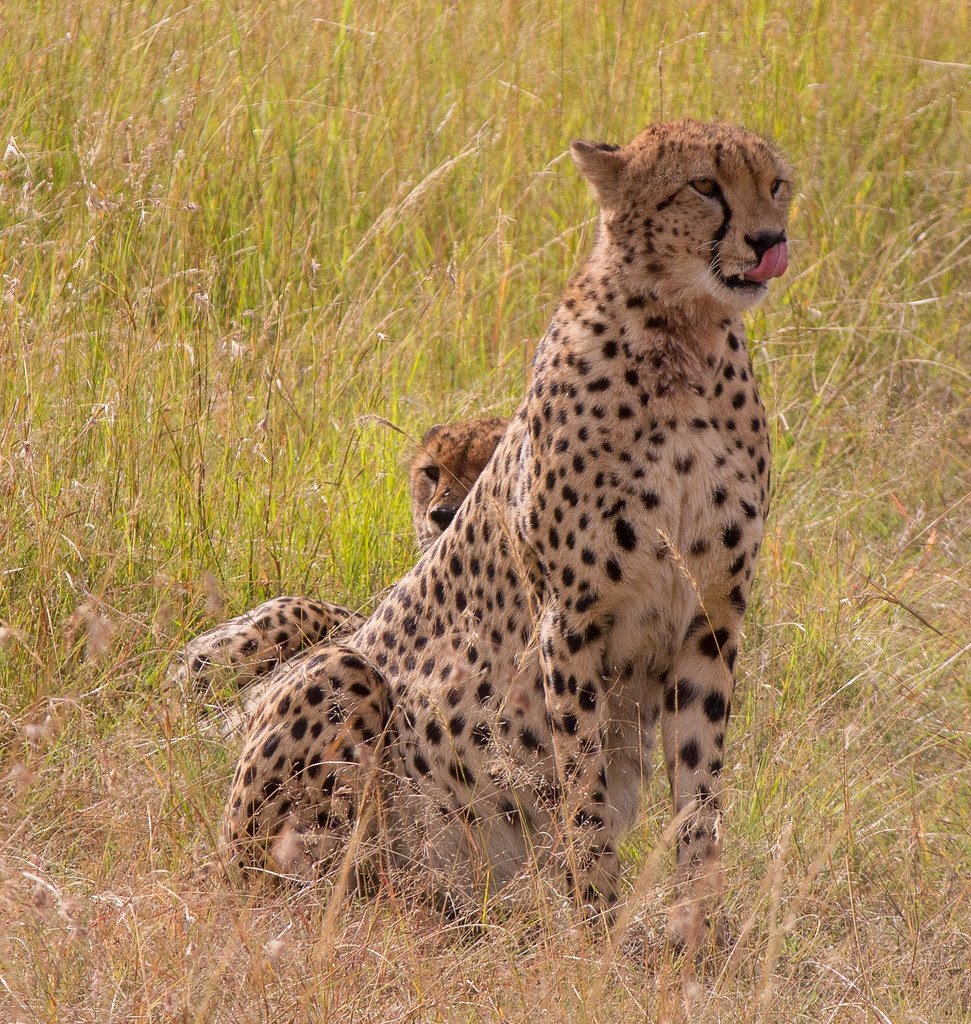
Leopards showcase nature’s incredible adaptability, thriving in environments from snowy mountains to scorching deserts. These solitary hunters can climb trees with prey twice their weight, swim across rivers, and survive in areas where other big cats perish. Their spotted coat provides perfect camouflage in virtually any habitat, making them the most widespread of all big cats.
Yet even their remarkable adaptability cannot overcome the mounting pressures they face. Urban development has pushed leopards into dangerous proximity with human settlements, leading to increased conflict. Farmers poison leopards to protect their livestock, while expanding cities eliminate crucial corridors that connect leopard territories.
Snow Leopards: Ghosts of the Mountains Fighting Climate Change
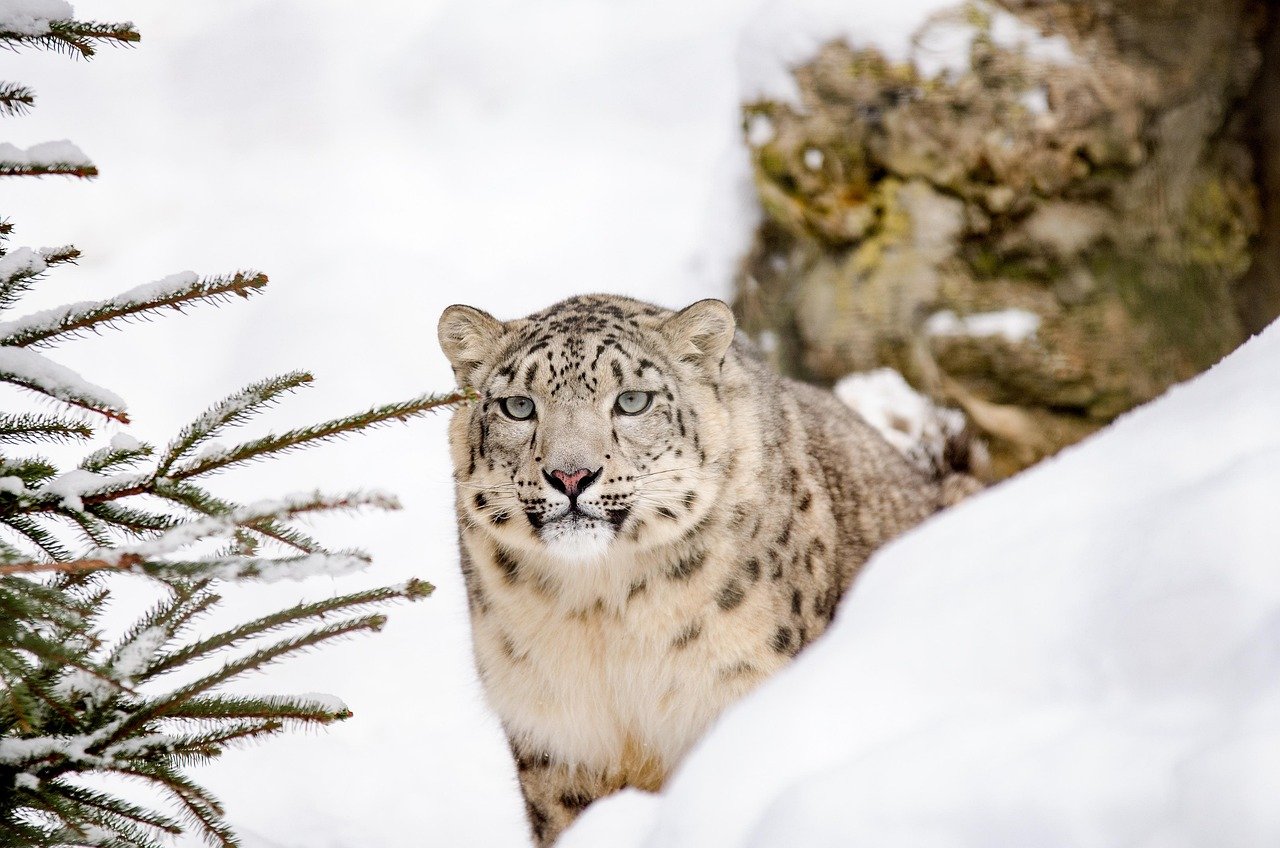
High in the world’s most remote mountain ranges, snow leopards navigate terrain that would challenge even the most skilled mountaineers. These elusive cats possess incredibly thick fur and massive paws that act like snowshoes, allowing them to hunt efficiently in temperatures that plummet to -40°F. Their pale gray coat with dark rosettes makes them nearly invisible against rocky cliffs and snow-covered ledges.
Climate change threatens to unravel millions of years of evolutionary perfection. Rising temperatures push the treeline higher up mountains, shrinking the alpine habitat that snow leopards depend on. Their prey species also migrate to higher elevations, forcing these already specialized hunters to compete for increasingly scarce resources in ever-smaller territories.
Jaguars: Amazon’s Apex Predator Losing Its Rainforest Kingdom
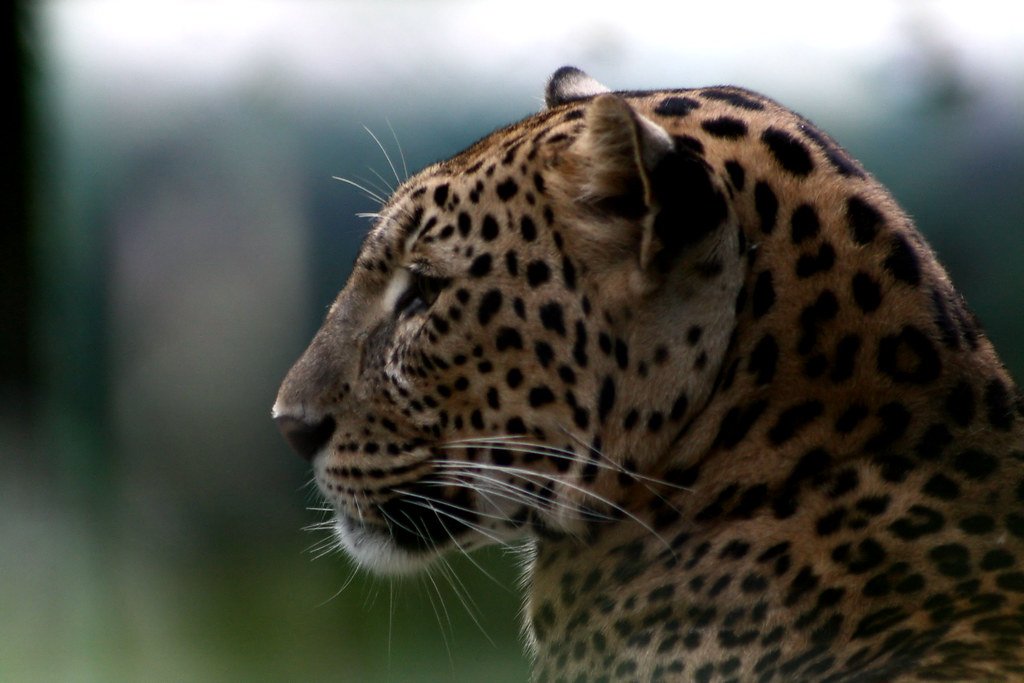
Jaguars possess the strongest bite force of any big cat, capable of crushing turtle shells and caiman skulls with ease. These stocky, powerful cats are excellent swimmers and climbers, making them perfectly suited to the Amazon rainforest’s diverse ecosystem. Their distinctive rosette patterns are as unique as human fingerprints, and their golden coat with black spots creates stunning camouflage in the jungle’s dappled light.
Deforestation represents an existential threat to jaguar survival, with the Amazon losing forest cover at an alarming rate. Cattle ranching, soy farming, and illegal logging fragment jaguar territories, forcing these solitary cats into smaller and smaller patches of habitat. Without vast territories to roam and hunt, even the most skilled jaguar cannot find enough prey to survive.
Cheetahs: Built for Speed but Racing Against Time
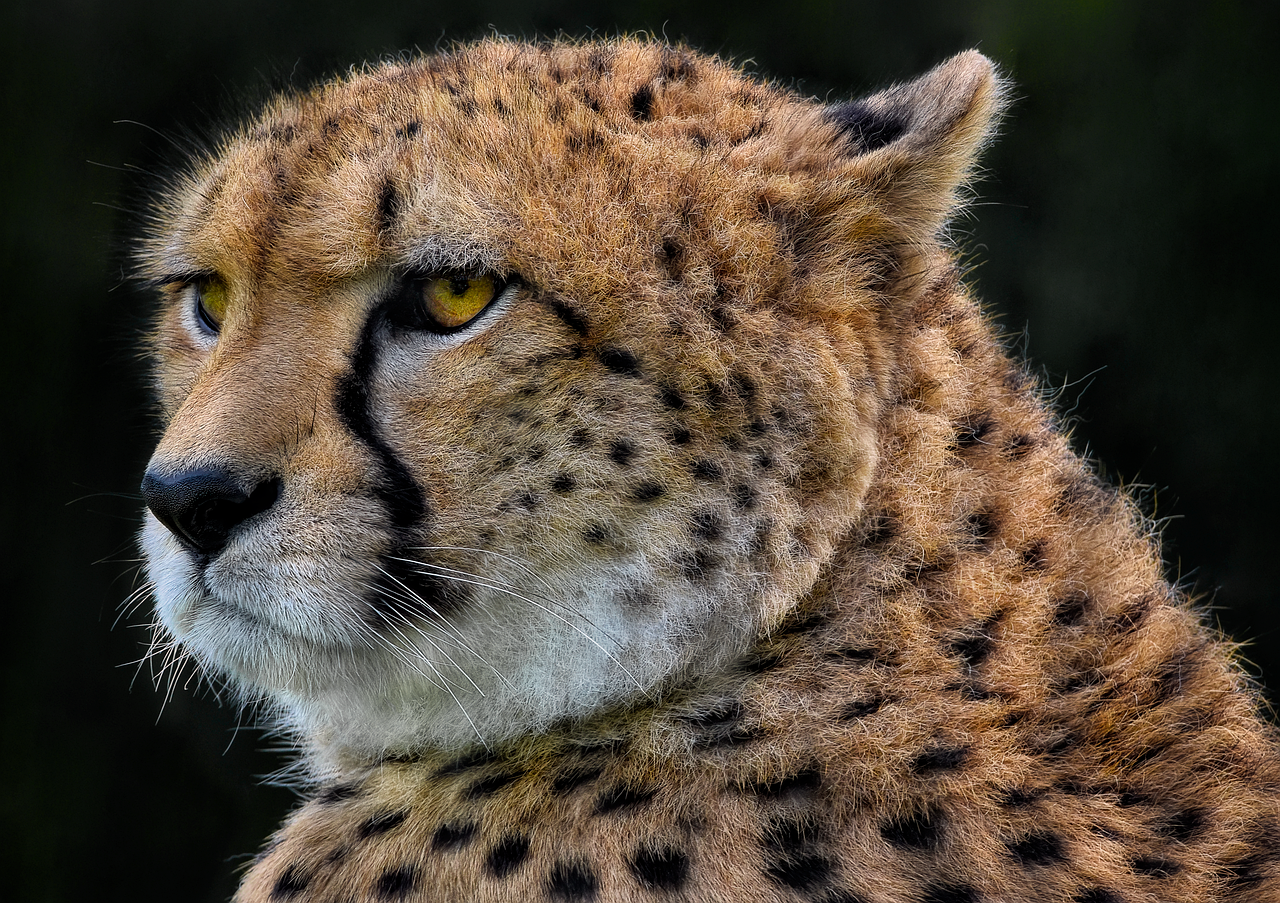
Cheetahs are biological marvels, engineered for incredible speed with lightweight frames, enlarged hearts, and semi-retractable claws that grip the ground like running spikes. These spotted speedsters can accelerate from 0 to 60 mph in just three seconds, making them the fastest land animals on Earth. Their lean build and distinctive black “tear marks” running from eyes to mouth create an unmistakable silhouette on the African plains.
Despite their incredible hunting abilities, cheetahs face a genetic bottleneck that threatens their long-term survival. The entire species descended from a small population, resulting in dangerously low genetic diversity. This genetic similarity makes cheetahs vulnerable to diseases and reduces their ability to adapt to environmental changes, while habitat loss continues to squeeze their populations into ever-smaller areas.
Pumas: The Adaptable Wanderers Facing Fragmented Futures
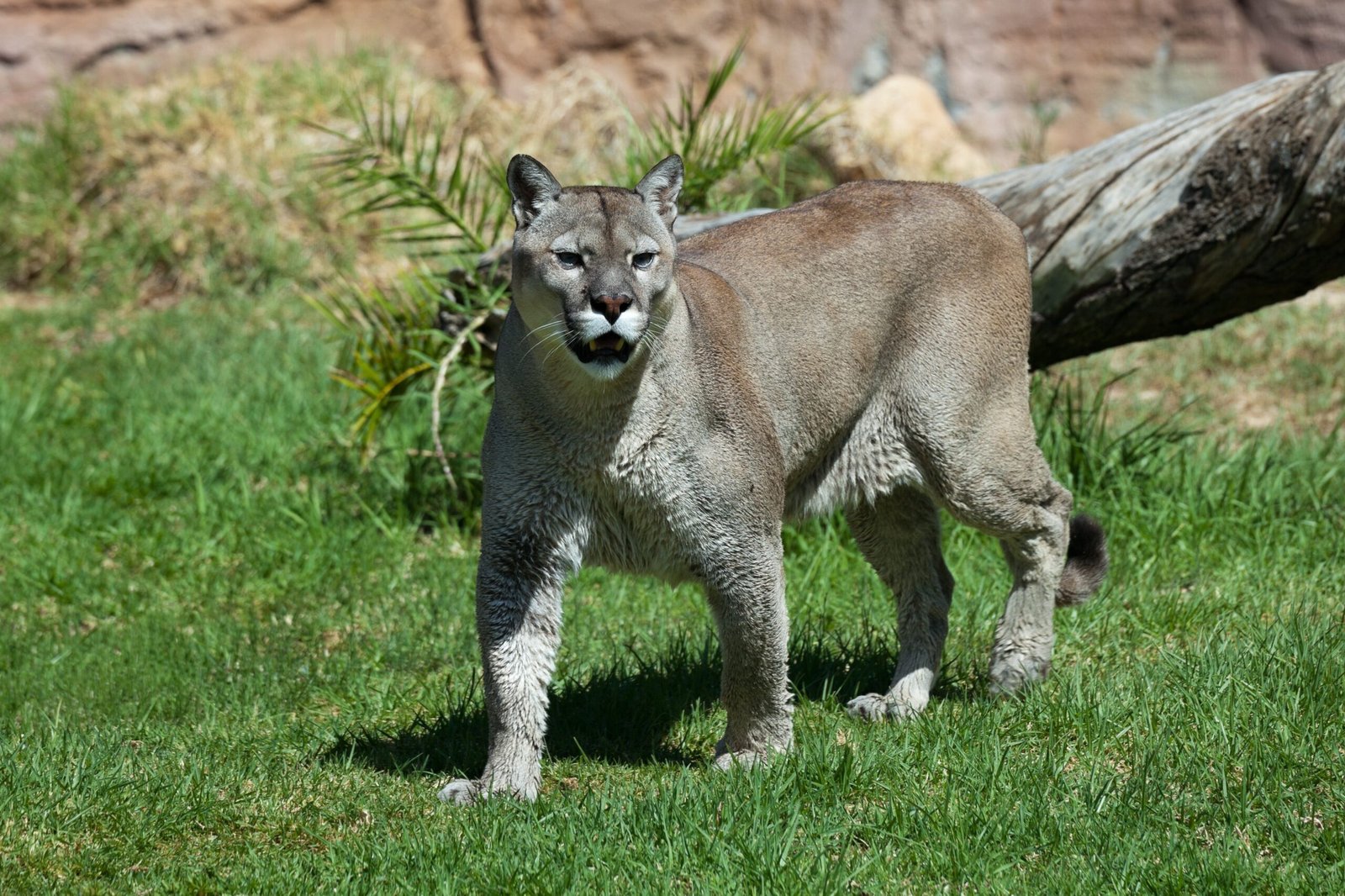
Pumas, also known as mountain lions or cougars, demonstrate remarkable adaptability across diverse habitats from Canadian forests to Patagonian grasslands. These tan-colored cats are incredible athletes, capable of leaping 40 feet horizontally and 15 feet vertically. Their powerful hind legs and flexible spine allow them to navigate rocky terrain with feline grace, while their keen eyesight makes them formidable nighttime hunters.
Human development has created a patchwork of isolated puma populations across their range, leading to dangerous genetic isolation. Highway construction fragments their territories, forcing pumas to cross busy roads where vehicle strikes cause significant mortality. Urban expansion also increases conflicts with humans, as pumas venture into populated areas searching for prey or mates.
Lynx: Cold-Weather Specialists Struggling with Warming Climates
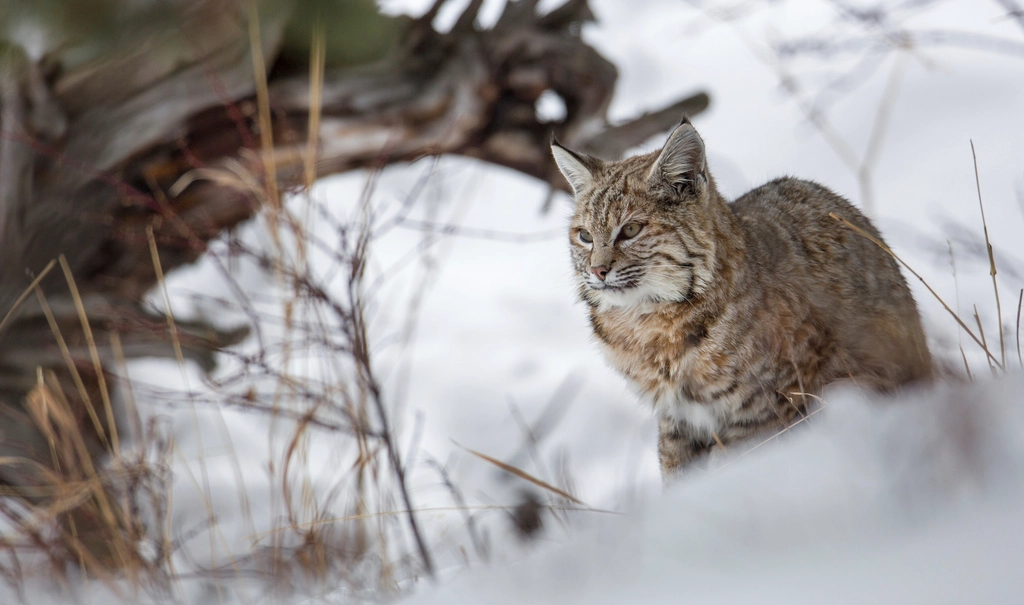
Lynx are perfectly adapted for life in snowy environments, with oversized paws that function like natural snowshoes and thick fur that provides insulation against bitter cold. Their distinctive tufted ears enhance their hearing, allowing them to detect prey moving beneath snow. These medium-sized cats primarily hunt snowshoe hares, creating a fascinating predator-prey cycle that has persisted for thousands of years.
Climate change disrupts the delicate balance between lynx and their primary prey species. Shorter winters and reduced snowfall affect snowshoe hare populations, which directly impacts lynx reproduction and survival. Additionally, warmer temperatures allow competing species to expand northward into traditional lynx territory, creating new challenges for these cold-adapted specialists.
Ocelots: Miniature Leopards Losing Their Forest Homes
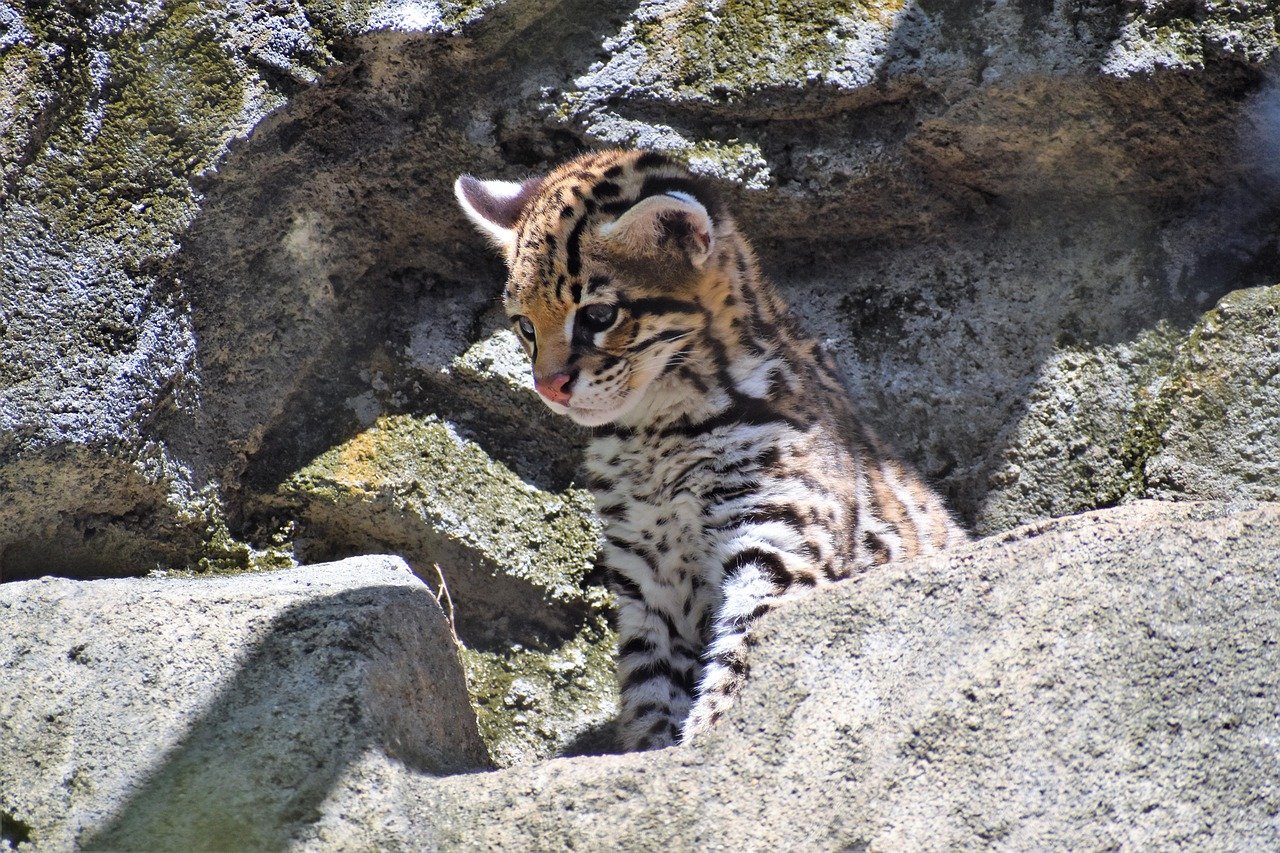
Ocelots are stunning small cats with intricate spotted patterns that rival those of their larger leopard cousins. These nocturnal hunters possess exceptional night vision and incredible agility, allowing them to navigate dense forest canopies with ease. Their distinctive coat patterns are so beautiful that they were once highly prized in the fur trade, leading to severe population declines.
Habitat destruction remains the primary threat to ocelot survival, with deforestation eliminating the dense forest cover these cats require. Ocelots need large territories with thick vegetation for hunting and denning, but human development has fragmented their habitat into small, isolated patches. Agricultural expansion and urban growth continue to squeeze these beautiful cats into increasingly marginal habitats.
Caracals: Desert Specialists Facing Expanding Human Settlements
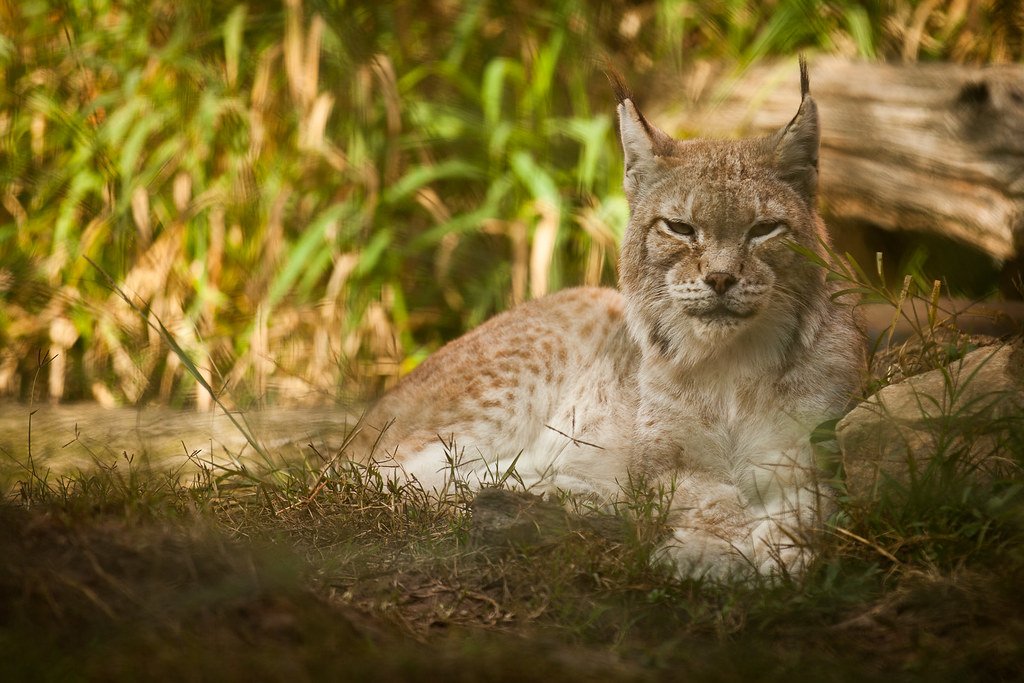
Caracals are remarkable desert predators with distinctive black-tufted ears that can rotate independently to pinpoint prey location. These athletic cats can leap 12 feet straight up to catch birds in flight, showcasing incredible jumping ability that seems to defy gravity. Their tawny coat provides perfect camouflage in arid environments, while their powerful build allows them to take down prey larger than themselves.
Human settlements expanding into traditional caracal habitat create increasing conflicts between these skilled hunters and livestock owners. Caracals naturally prey on small mammals and birds, but when their natural prey becomes scarce, they may turn to domestic animals for survival. This leads to retaliatory killings that further reduce caracal populations across their range.
Margays: Acrobatic Tree Cats Losing Their Canopy Highways
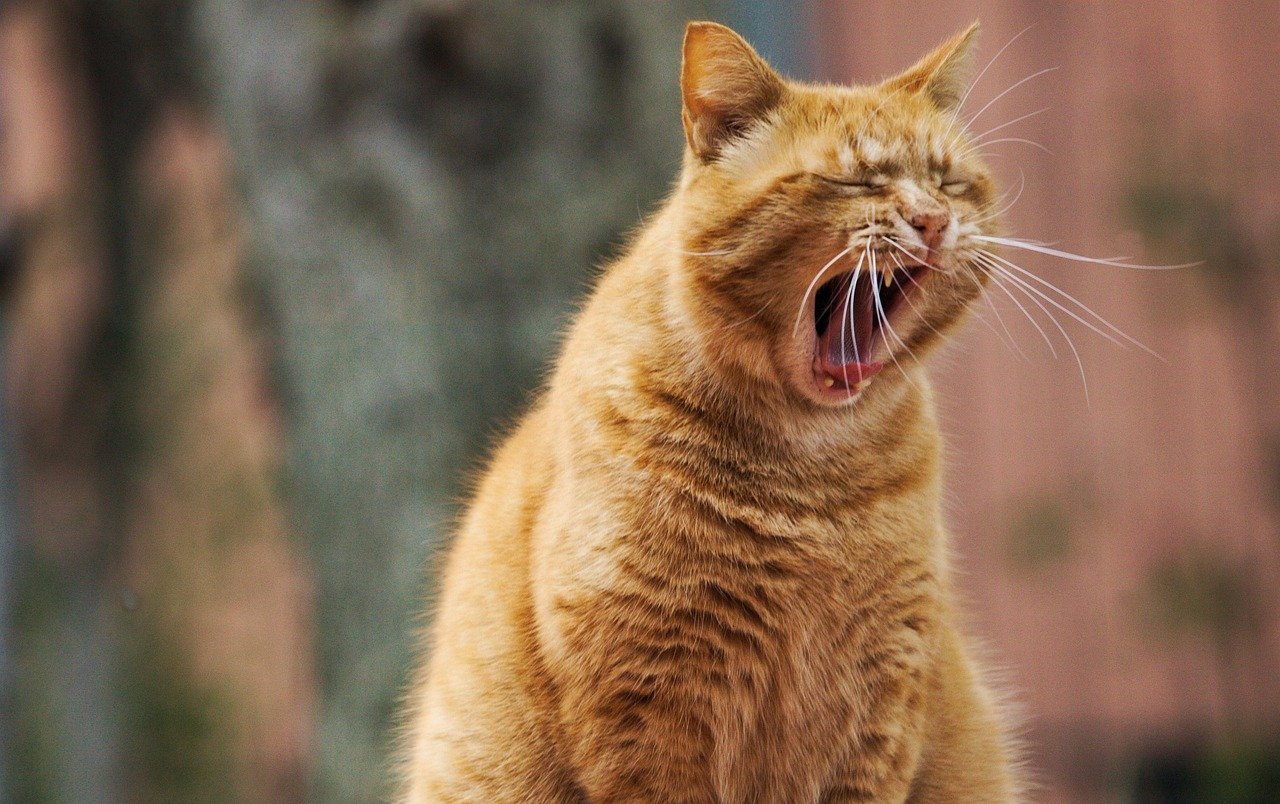
Margays are extraordinary tree-dwelling cats with flexible ankle joints that allow them to climb down tree trunks headfirst, a ability unique among cats. These small spotted felines spend most of their lives in the forest canopy, using their exceptional balance and climbing skills to hunt birds, small mammals, and insects. Their large eyes provide excellent night vision for navigating through dense forest branches in complete darkness.
Deforestation destroys the continuous canopy that margays depend on for survival, forcing these arboreal specialists to attempt dangerous ground crossings between forest fragments. Margays require large territories with dense tree cover, but logging and agricultural expansion have created gaps that these specialized cats cannot cross. Without connected forest canopies, margay populations become isolated and vulnerable to local extinction.
Servals: Grassland Specialists Struggling with Agricultural Expansion

Servals are distinctive African cats with extraordinarily long legs and large ears that give them a unique appearance among felines. These grassland specialists can hear prey moving underground and have the highest success rate of any wild cat, catching prey on 50% of their hunting attempts. Their spotted golden coat and incredible leaping ability make them perfectly adapted for life in African savannas and wetlands.
Agricultural expansion has transformed vast areas of natural grassland into farmland, eliminating the specific habitat that servals require. These cats need areas with tall grass and water sources, but crop cultivation and livestock grazing have altered the landscape beyond recognition. Wetland drainage for agriculture has been particularly devastating, removing the marshy areas where servals traditionally hunt for rodents and frogs.
Sand Cats: Desert Survivors Facing Extreme Climate Pressures
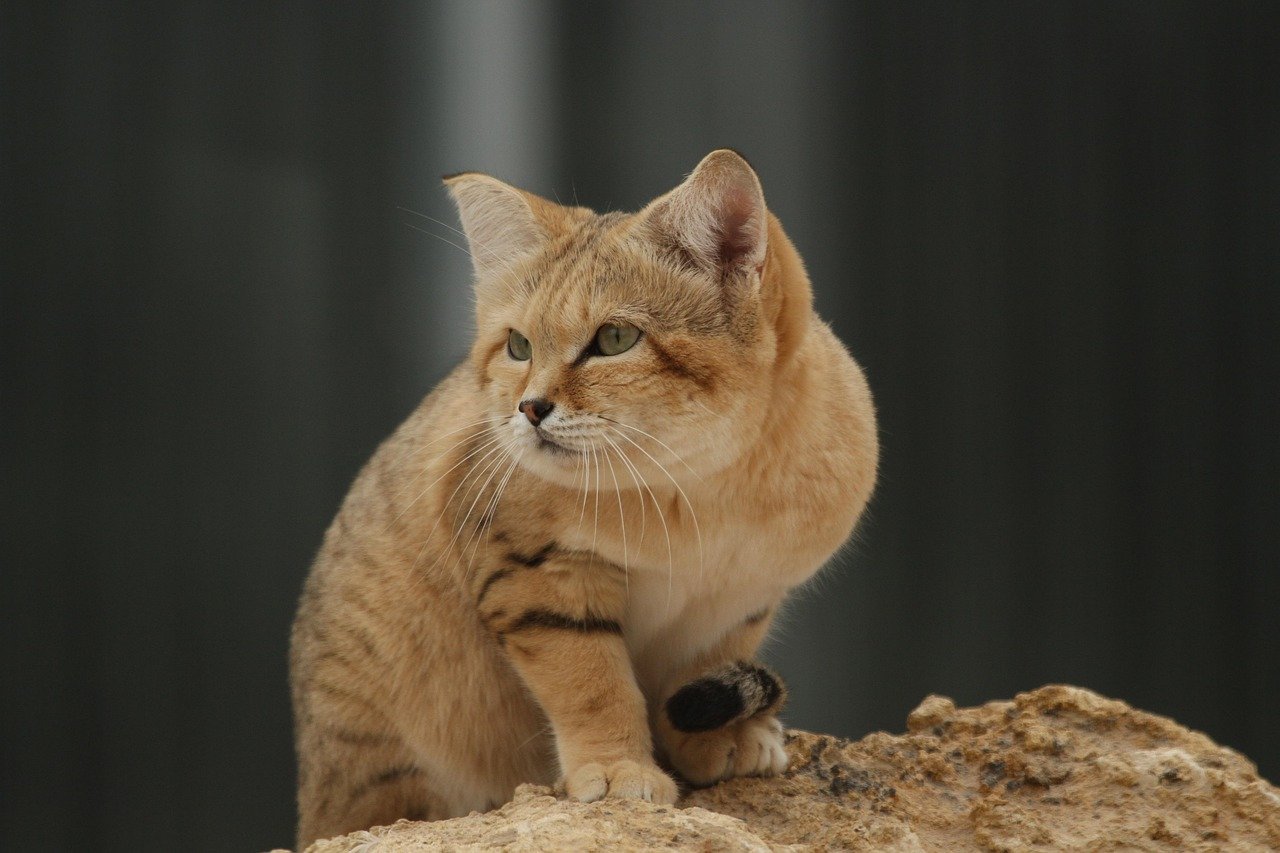
Sand cats are remarkable desert specialists with furry paw pads that protect them from burning sand and allow them to walk silently across dunes. These small cats can survive without drinking water, obtaining all necessary moisture from their prey. Their pale sandy coat provides perfect camouflage in desert environments, while their excellent hearing allows them to detect prey moving beneath the sand.
Climate change intensifies the already extreme conditions in desert habitats, pushing temperatures beyond even these hardy cats’ tolerance levels. Increased desertification reduces the availability of prey species, while more frequent sandstorms disrupt hunting patterns. Human activities such as off-road vehicle use and habitat disturbance further stress these specialized desert dwellers.
Fishing Cats: Wetland Warriors Losing Their Aquatic Kingdoms
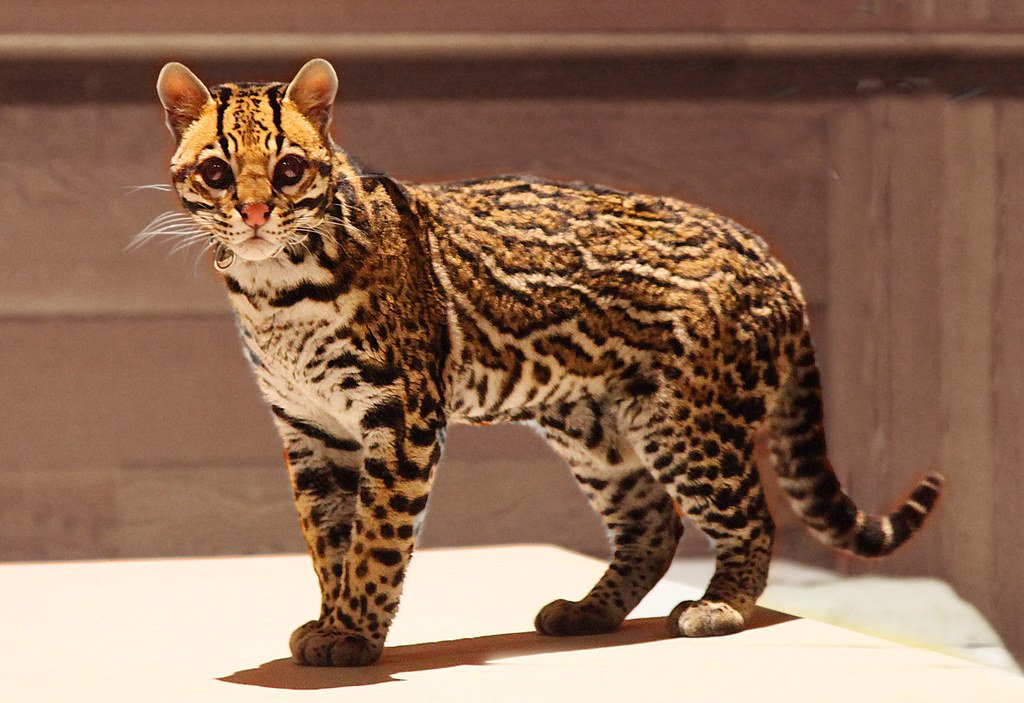
Fishing cats are unique among felines with partially webbed feet and water-resistant fur that allows them to dive and swim efficiently. These stocky cats primarily hunt fish, frogs, and aquatic invertebrates, using their partially retractable claws to scoop prey from water. Their distinctive spotted coat and ability to swim make them perfectly adapted for life in wetland environments across Asia.
Wetland destruction has eliminated much of the aquatic habitat that fishing cats depend on for survival. Urban development, agricultural expansion, and water pollution have degraded the rivers, marshes, and coastal areas where these cats traditionally hunt. Dam construction alters water flow patterns, while overfishing reduces the prey species that fishing cats need to survive.
The Survival Equation: Why Apex Status Isn’t Enough
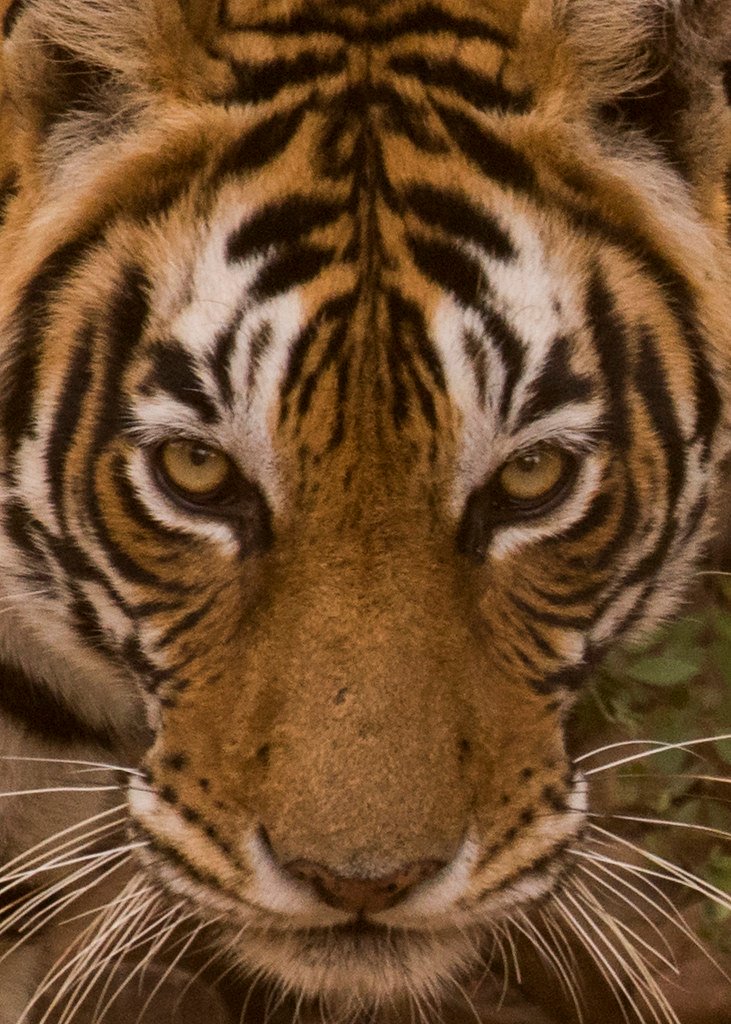
Being an apex predator once guaranteed survival in the natural world, but human activities have fundamentally altered this equation. Big cats may still dominate their prey species, but they cannot compete with habitat destruction, climate change, and human encroachment. Their position at the top of the food chain actually makes them more vulnerable, as they require large territories and healthy ecosystems to support their hunting lifestyle.
Population biology reveals why apex predators struggle more than other species during environmental changes. Big cats naturally exist in lower numbers than their prey, have slower reproduction rates, and need more resources per individual. When habitats shrink or prey becomes scarce, these factors combine to push apex predators toward extinction faster than species lower in the food chain.
Conservation Hope: Protecting Our Planet’s Greatest Hunters
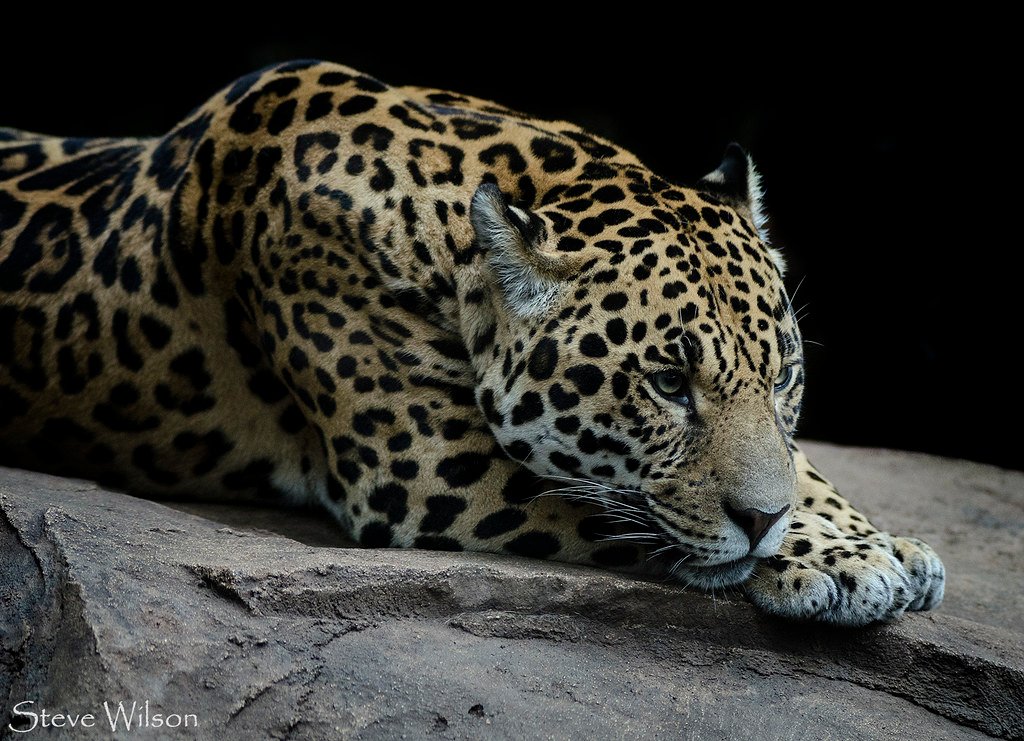
Despite the challenges facing big cats worldwide, conservation efforts are showing promising results in some regions. Tiger populations have increased in India and Russia through dedicated protection programs, while mountain lion numbers have recovered in parts of North America. These successes demonstrate that with proper protection and habitat management, even the most threatened big cats can recover.
Modern conservation strategies focus on creating wildlife corridors that connect fragmented habitats, allowing big cats to move freely between territories. Community-based conservation programs work with local people to reduce human-wildlife conflict, while anti-poaching efforts use advanced technology to protect cats from illegal hunting. Every success story proves that the world’s apex predators can still have a future if we choose to protect them.
The fate of big cats reflects the health of our planet’s ecosystems. These magnificent predators have survived ice ages, volcanic eruptions, and countless natural disasters, only to face their greatest challenge from human activities. Will we choose to preserve these incredible survivors for future generations?
Hi, I’m Bola, a passionate writer and creative strategist with a knack for crafting compelling content that educates, inspires, and connects. Over the years, I’ve honed my skills across various writing fields, including content creation, copywriting, online course development, and video scriptwriting.
When I’m not at my desk, you’ll find me exploring new ideas, reading books, or brainstorming creative ways to solve challenges. I believe that words have the power to transform, and I’m here to help you leverage that power for success.
Thanks for stopping by, Keep coming to this website to checkout new articles form me. You’d always love it!






